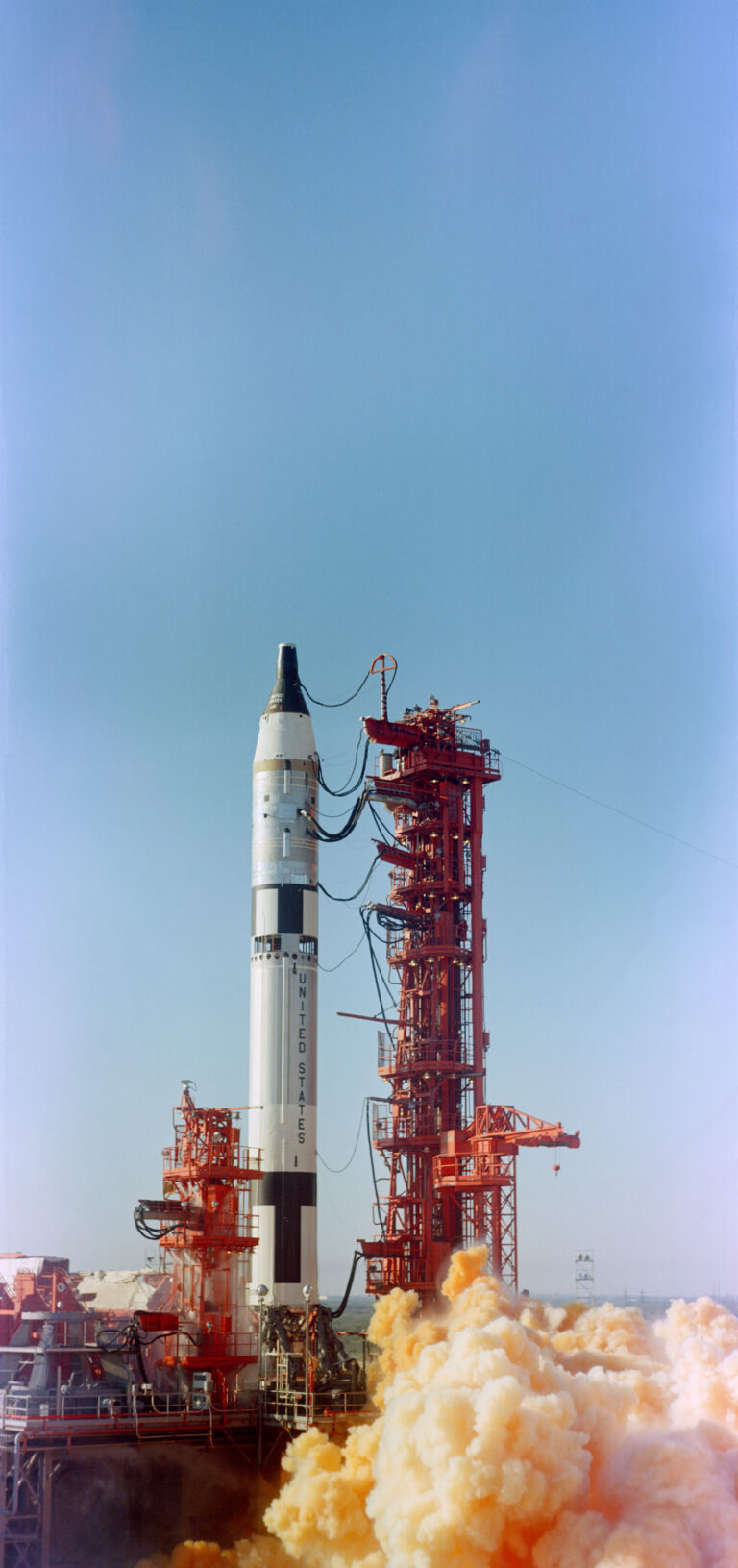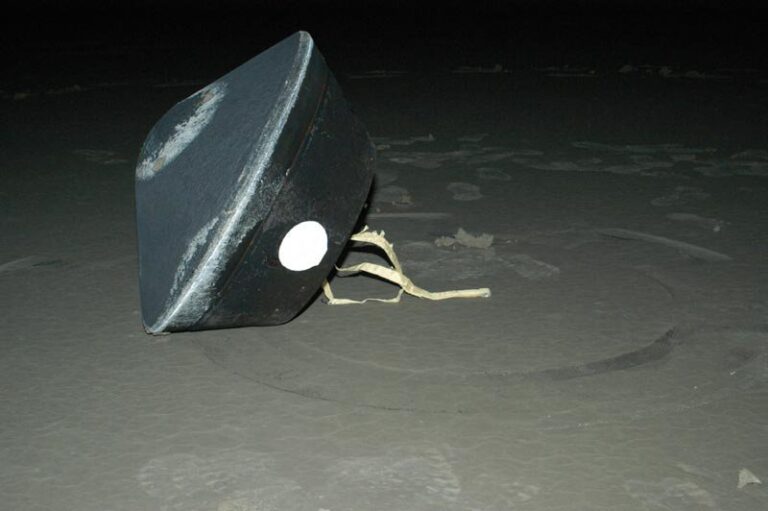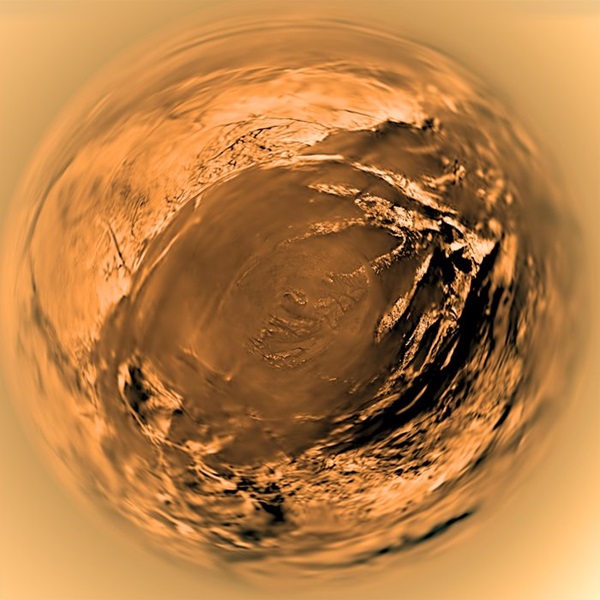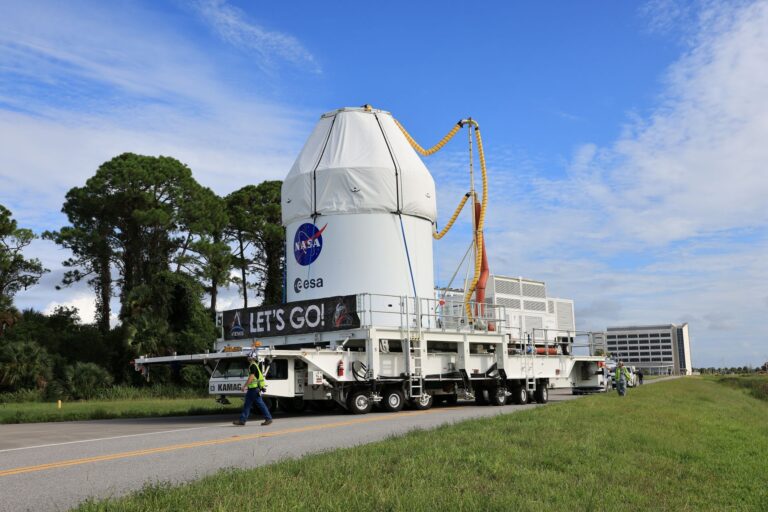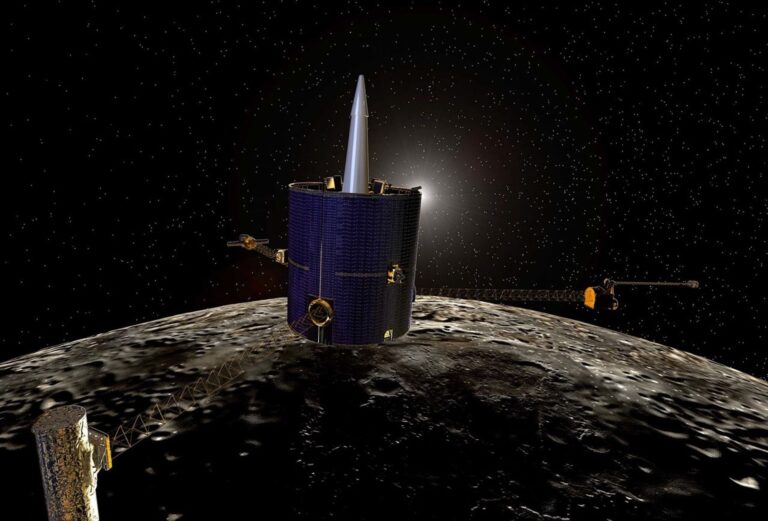Journalists and scientists at the American Geophysical Union meeting in San Francisco heard encouraging details about the Mars rovers Spirit and Opportunity, which are closing in on their third year on the Red Planet. Designed to last 90 martian days, the rovers “keep on keepin’ on.” A team of scientists including John Callas of Pasadena’s Jet Propulsion Laboratory, Steven Squyres of Cornell University, and Ray Arvidson of Washington University presented updates on the rovers’ past year. One has been hustling through a series of furious science activities, and the other has been parked in winterized mode.
The Opportunity rover is navigating the scalloped rim of Victoria Crater, a hole in Mars about half a mile across, stopping around the edge to examine rock outcrops. Top portions of the cliff stacks appear to be rocky rubble cast off by the impact that formed Victoria.
Spirit, meanwhile, was mostly inactive, “parked” in the Columbia Hills. Its right-front wheel was bad, and driving the rover meant dragging the wheel. The wheel etched into the martian surface and unearthed some mineralogical surprises.
“Spirit is now near a feature we call Home Plate,” says Arvidson, “and has, although recently immobile, taken spectrometer measurements of soils and rocks, monitored atmospheric changes, watched dust roll over the planet’s surface, and discovered two iron-nickel meteorites.”
When it starts out again, Spirit will investigate basaltic rock nicknamed Esperanza. “It’s exciting,” says Arvidson. When Spirit dragged its wheel, it churned up ferric sulfate, another substance that must have formed in water. Evidence of martian water, locked away from the past, continues to turn up in many places. The quest for answering how much water now flows underneath the planet’s surface rolls on along with Spirit and Opportunity.



